The Increasing Popularity of Pop Ads and Their Influence on Internet Advertising.
Buy CPC Traffic | Buy Display Ads | Exclusive traffic sources | Buy Push Ads | Popunder ADS | Buy Native Ads | Buy Preroll Ads

Buy CPC Traffic | Buy Display Ads | Exclusive traffic sources | Buy Push Ads | Popunder ADS | Buy Native Ads | Buy Preroll Ads
In recent years, pop ads have become increasingly prevalent in the world of internet advertising. These ads, which typically appear in a separate window or tab and are triggered by specific actions or events, have sparked a great deal of controversy and debate among advertisers, marketers, and internet users alike. While some argue that pop ads are an effective way to reach a large audience and generate revenue, others believe that they are intrusive, annoying, and ultimately detrimental to the user experience.
One of the main reasons behind the rise of pop ads is their ability to generate higher click-through rates and conversion rates compared to traditional banner ads. This is largely due to their disruptive nature – by appearing in a separate window or tab, they demand the attention of the user and are difficult to ignore. Furthermore, pop ads often utilize attention-grabbing visuals and persuasive calls to action, increasing the likelihood of a user engaging with the ad.
However, the intrusive nature of pop ads has led to widespread backlash from internet users. Many find them disruptive and obnoxious, as they can interrupt the browsing experience and make it difficult to navigate a website. As a result, there has been a growing demand for ad-blockers and other tools that allow users to avoid pop ads altogether. This presents a challenge for advertisers and marketers who rely on these ads to reach their target audience and promote their products or services.
The Evolution of Internet Advertising
Internet advertising has undergone a significant evolution since its inception. As the internet has grown and technology has advanced, advertising methods and strategies have continually adapted to meet the changing needs and preferences of consumers.
Early Days of Internet Advertising
In the early days of the internet, advertising was primarily limited to banner ads. These banner ads, typically in the form of static images or animated GIFs, were placed prominently on websites to attract the attention of users.
However, as more and more websites began to display banner ads, users became desensitized to them, and they started to lose their effectiveness. This led to the development of more sophisticated advertising techniques.
Emergence of Search Engine Advertising
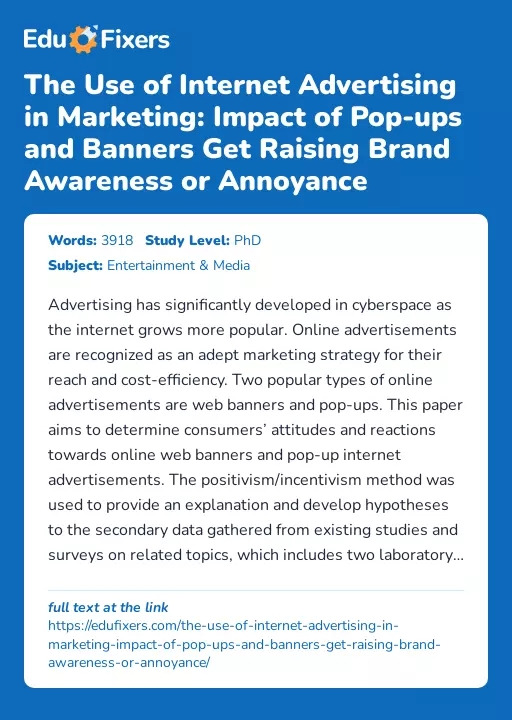
With the rise of search engines like Google, a new form of advertising emerged - search engine advertising. This form of advertising allowed businesses to display ads alongside search results, targeting users who were actively searching for information related to their products or services.
Search engine advertising proved to be highly effective as it provided businesses with the opportunity to reach a highly targeted audience. Additionally, advertisers only had to pay when a user clicked on their ad, making it a cost-effective advertising method.
The Rise of Social Media Advertising
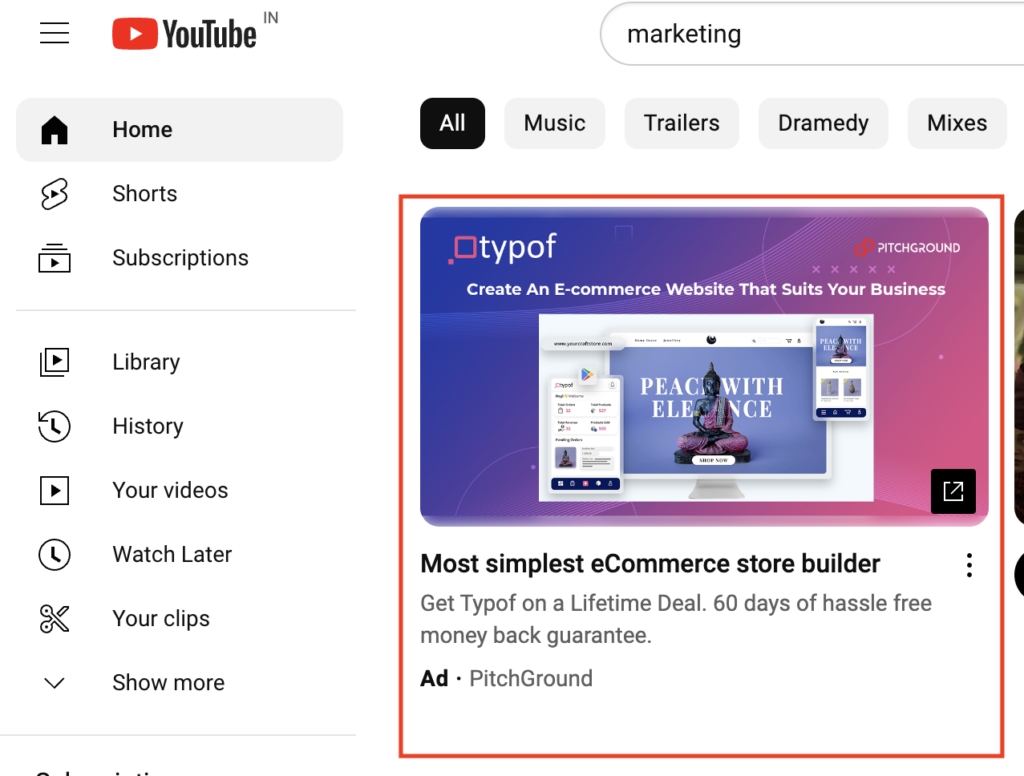
As social media platforms like Facebook and Instagram gained popularity, advertisers quickly recognized the potential of advertising on these platforms. Social media advertising allowed businesses to target users based on their demographics, interests, and online behavior.
This level of targeting provided advertisers with the ability to reach their ideal audience more efficiently. Additionally, social media platforms offered various ad formats, including video ads, carousel ads, and sponsored posts, allowing businesses to create engaging and interactive advertisements.
Highly targeted audience
Cost-effective
Ability to track and measure performance
Flexible ad formats
In conclusion, internet advertising has evolved significantly over the years, adapting to the changing landscape of technology and consumer behavior. From the early days of static banner ads to the advanced targeting capabilities of social media advertising, the evolution of internet advertising has paved the way for more effective and efficient advertising strategies.
Understanding Pop Ads

Pop ads, also known as pop-up ads or pop-up windows, are a form of internet advertising that often appears in a new browser window or tab. They are designed to capture the attention of internet users with their sudden appearance and usually feature promotional content or advertisements.
One of the defining characteristics of pop ads is their intrusive nature. Instead of being integrated within the webpage content like traditional banner ads, pop ads appear on top of the existing browser window or in a separate tab. This can be annoying for users who are focused on a specific task or content, as it interrupts their browsing experience.
Pop ads gained popularity in the early days of internet advertising due to their high conversion rates. The sudden appearance and eye-catching nature of pop ads make it more likely for users to notice them and take action. However, their intrusive nature has also led to backlash from internet users who find them disruptive and invasive.
In recent years, there has been a decline in the use of pop ads due to the rise of ad blockers. Ad blockers are software or browser extensions that prevent pop ads from appearing on users' screens. This has forced advertisers to find alternative advertising methods that are less intrusive and more user-friendly.
Despite the decline in popularity, pop ads still exist and continue to be used by some advertisers. They can be effective for certain types of campaigns and target audiences, especially those who are less tech-savvy and more likely to engage with pop ads. However, it is important for advertisers to find a balance between user experience and advertising impact to avoid alienating potential customers.
In conclusion, pop ads are a form of internet advertising that use sudden appearance and eye-catching techniques to capture users' attention. While they may have been popular in the past, they have faced backlash in recent years due to their intrusive nature. Advertisers should consider alternative advertising methods that are less disruptive and more user-friendly, or risk alienating their target audience.
The Growing Popularity of Pop Ads
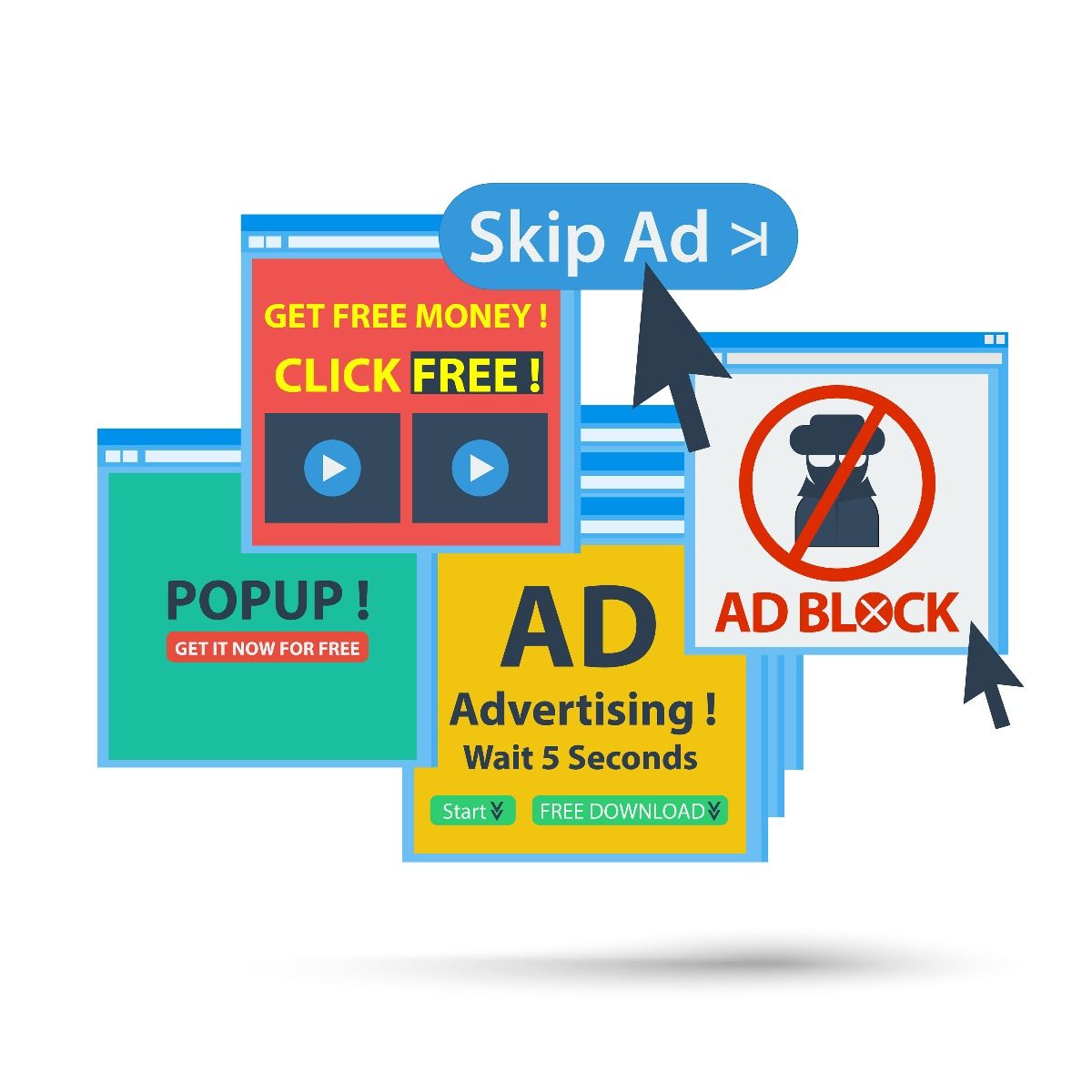
Pop ads, also known as pop-up or pop-under ads, have become an increasingly popular form of internet advertising. These ads are characterized by their ability to grab the attention of users by appearing suddenly on their screens either as a separate window or within the current browser window.
One of the main reasons for the growing popularity of pop ads is their effectiveness in reaching a wide audience. These ads have a high visibility rate as they often cover the entire screen or are displayed prominently within a webpage. This makes them hard to ignore, ensuring that the message or offer they contain is seen by users. Advertisers are increasingly turning to pop ads to boost their marketing campaigns and increase visibility.
Another factor contributing to the popularity of pop ads is their affordability. Compared to other forms of online advertising, pop ads are often more cost-effective, making them an attractive option for advertisers with limited budgets. This affordability allows businesses of all sizes to utilize pop ads as part of their marketing strategy and reach a larger audience.
The rise of mobile internet usage has also played a significant role in the popularity of pop ads. With more people accessing the internet through their smartphones and tablets, pop ads are a highly effective way to reach mobile users. These ads can be easily tailored to fit the smaller screen sizes and touch-based interfaces of mobile devices, ensuring that the message is delivered in an engaging and user-friendly manner.
While some users may find pop ads intrusive or annoying, it is important to note that they can be highly targeted. Advertisers have the ability to customize their pop ads based on various factors, including geographic location, demographics, and browsing history. This targeted approach ensures that ads are more relevant to users, leading to increased engagement and higher conversion rates.
In conclusion, the growing popularity of pop ads can be attributed to their high visibility, affordability, effectiveness in reaching mobile users, and the ability to be highly targeted. As the internet advertising landscape continues to evolve, pop ads will likely remain a prominent and effective tool for advertisers to buy adult traffic and connect with their target audience.
The Impact of Pop Ads on User Experience
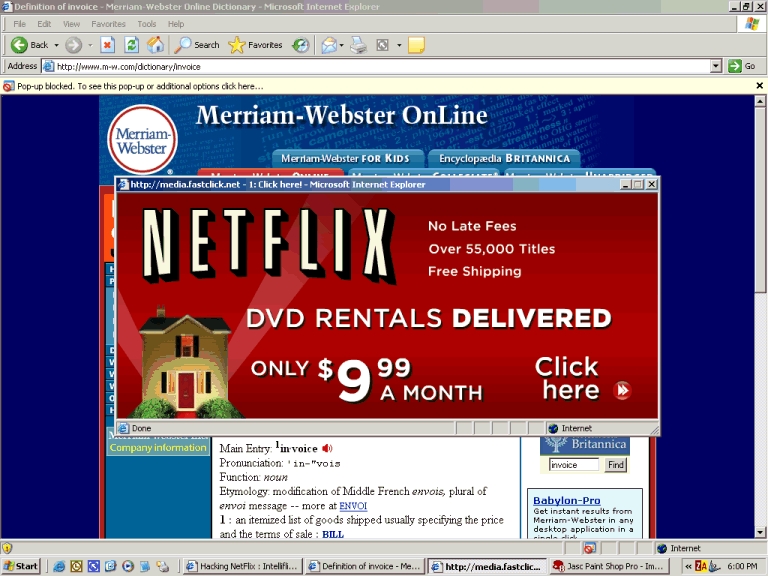
Pop ads, also known as pop-up advertisements, have become a common form of internet advertising in recent years. However, their prevalence has raised concerns about their impact on user experience. This section explores the various ways in which pop ads can impact user experience and the potential consequences for both advertisers and users.
1. Intrusiveness
One of the primary concerns with pop ads is their intrusiveness. These ads often appear suddenly, obscuring the content that users are trying to view. This can be particularly frustrating for users, as it disrupts their browsing experience and can make it difficult to navigate through websites. The intrusive nature of pop ads can lead to a negative perception of both the ads and the brands they represent.
2. User Distraction
Pop ads can also be highly distracting to users. When an ad suddenly appears on the screen, users' attention is immediately diverted away from the content they were engaging with. This can diminish their overall experience and make it difficult for them to focus on the intended purpose of the website or application they are using. User distraction can have a negative impact on user engagement and may result in higher bounce rates for websites.
3. Negative User Perception
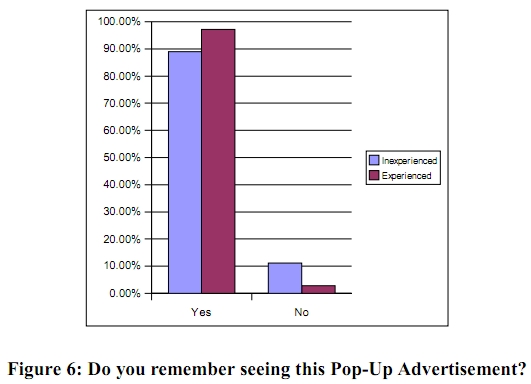
Due to their intrusive and distracting nature, pop ads can often create a negative perception of the brands or products they are promoting. Users may view them as annoying or spammy, which can damage the reputation of advertisers. Moreover, if users feel that a website or application is bombarding them with pop ads, they may develop a negative perception of the entire platform and avoid using it in the future.
4. Ad Blocker Usage
The rise of pop ads has also contributed to the increasing usage of ad blockers. Many users have turned to ad-blocking software to prevent pop ads and other types of intrusive advertisements from appearing on their screens. This poses a significant challenge for advertisers who heavily rely on pop ads as part of their advertising strategy. The growing usage of ad blockers further underscores the negative impact that pop ads can have on user experience.
In conclusion, while pop ads may offer benefits for advertisers in terms of reach and visibility, their impact on user experience cannot be ignored. The intrusiveness, distraction, negative user perception, and increased ad blocker usage associated with pop ads all contribute to a less favorable user experience. Advertisers should consider alternative advertising strategies that prioritize user experience and avoid alienating their target audience.
Benefits and Drawbacks of Pop Ads
Pop ads have gained popularity in recent years due to their ability to attract users' attention and generate high click-through rates. However, they also come with their own set of advantages and disadvantages.
Benefits:
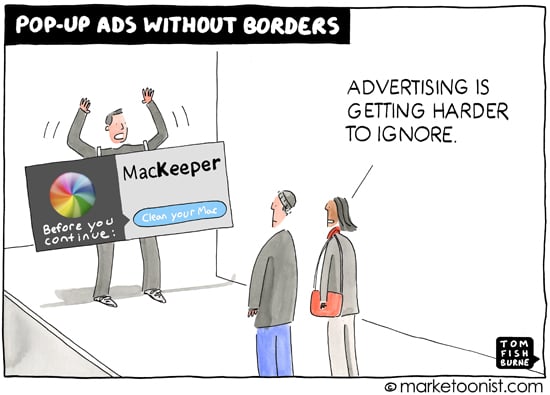
High visibility: Pop ads have the ability to capture users' attention by appearing in a new window or tab, making them difficult to ignore.
Increased brand exposure: With their eye-catching nature, pop ads can effectively showcase a brand or product, increasing the likelihood of brand recognition.
Higher click-through rates: Pop ads often generate higher click-through rates compared to other ad formats, as they demand immediate attention from users.
Targeted advertising: Pop ads can be targeted to specific audiences based on demographics, interests, and browsing behavior, improving the chances of reaching the right users.
Cost-effective: Pop ads tend to be more affordable than other ad formats, making them an attractive option for advertisers with limited budgets.
Drawbacks:
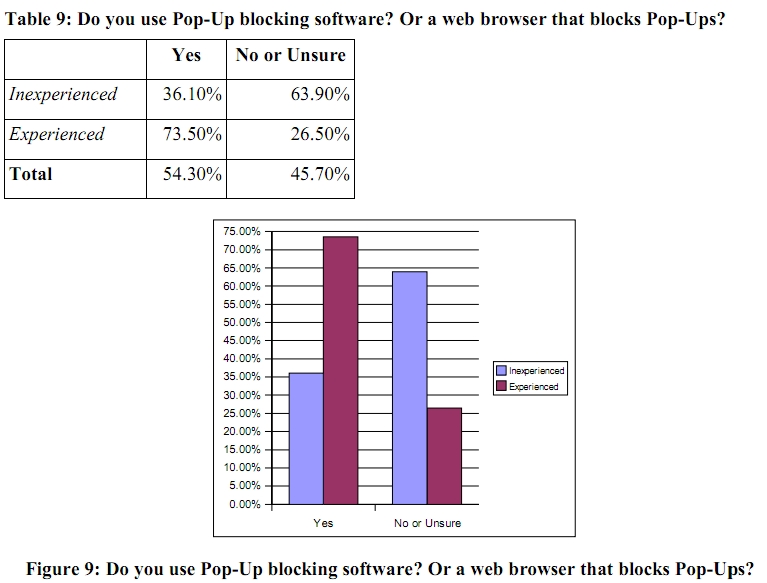
Interruptive user experience: Pop ads can disrupt users' browsing experience by opening new windows or tabs without their consent, leading to frustration and a negative perception of the advertised brand.
Ad blocking: Pop ads are often targeted by ad-blocking software, limiting their reach and effectiveness.
Low conversion rates: Despite their ability to attract attention, pop ads may not always result in desired user actions, such as making a purchase or signing up.
Reputation concerns: Pop ads have gained a negative reputation due to their association with intrusive advertising practices, which can impact brand perception and consumer trust.
Limited space for content: Pop ads generally have a small size, which can restrict the amount of information that can be effectively communicated to users.
Overall, pop ads have their advantages in terms of visibility, brand exposure, and click-through rates. However, they also face drawbacks related to user experience, ad-blocking, and conversion rates. Advertisers should carefully consider these factors when deciding to incorporate pop ads into their internet advertising strategies.
The Future of Pop Ads in Internet Advertising
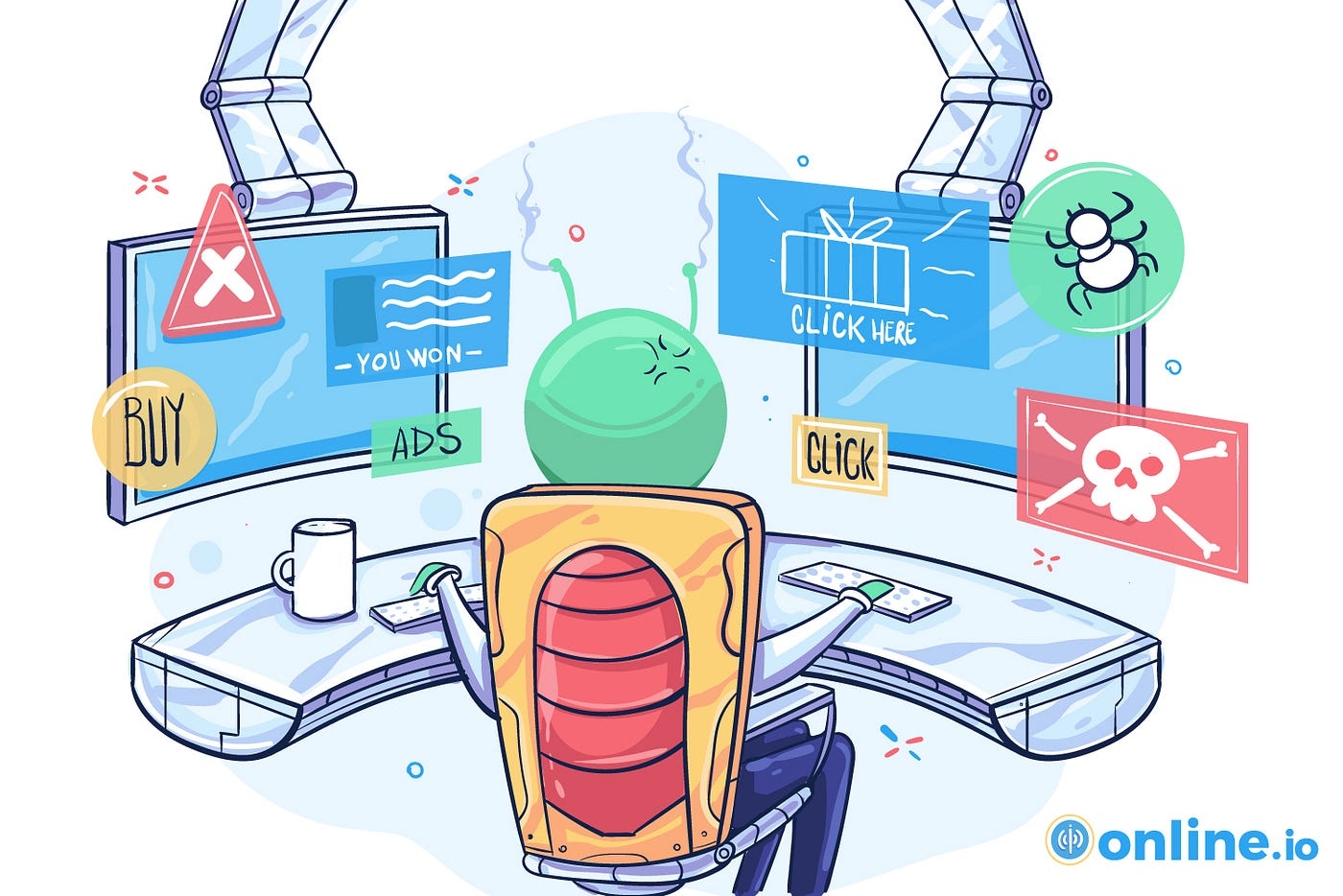
Pop ads have seen a significant rise in popularity in recent years, becoming a prominent form of advertising on the internet. However, as the digital landscape evolves, the future of pop ads in internet advertising is uncertain.
One possible direction for the future of pop ads is the further optimization of targeting and personalization. Advertisers are constantly seeking new and innovative ways to reach their target audience, and pop ads have the potential to deliver highly relevant and personalized content. By leveraging user data and advanced algorithms, advertisers may be able to display pop ads that align with the interests and preferences of individual users, enhancing their engagement and overall effectiveness.
Another possible future trend for pop ads is their integration with emerging technologies, such as artificial intelligence and virtual reality. These technologies have the potential to transform the way we consume content and interact with ads. Pop ads could be seamlessly integrated into virtual reality experiences or personalized AI-powered assistants, creating immersive and engaging ad experiences for users.
The Role of Regulation
However, the future of pop ads is not without challenges. The rise of ad-blockers and increasing concerns over user privacy have prompted regulatory efforts to limit intrusive advertising practices. Advertisers will need to navigate these regulations and find a balance between delivering impactful pop ads and respecting user preferences.
The Need for Responsible Advertising

Ultimately, the future of pop ads in internet advertising will depend on the industry's ability to adapt and deliver responsible advertising experiences. Advertisers must prioritize user experience and respect user consent to ensure that pop ads are seen as valuable and engaging rather than intrusive and annoying. By adopting ethical practices and focusing on delivering quality content, pop ads can continue to play a significant role in internet advertising.
Looking to learn more about pop ads and their impact on internet advertising? buy adult traffic from TrafficStars to explore the possibilities.
What are pop ads and how do they work?
Pop ads are a form of online advertising that opens a new browser window or tab, typically featuring an advertisement, when a user clicks on a webpage or performs a certain action. They work by utilizing JavaScript code to open the new window or tab, allowing advertisers to reach potential customers with targeted ads.
Why are pop ads becoming so popular in internet advertising?
Pop ads are becoming popular in internet advertising because they have a high visibility and engagement rate. They grab the attention of users and can't be easily ignored or blocked by ad blockers. Additionally, pop ads are often cheaper than other forms of advertising, making them an attractive option for advertisers on a budget.
What are the benefits of pop ads for advertisers?
Pop ads offer several benefits for advertisers. Firstly, they have a high click-through rate, meaning that users are more likely to engage with the ad. Secondly, pop ads can be targeted to specific audiences, ensuring that the right people see the advertisement. Lastly, pop ads provide a cost-effective way for advertisers to promote their products or services and increase brand visibility.
Do pop ads have any drawbacks or disadvantages?
Yes, pop ads do have some drawbacks. One of the main disadvantages is that they can be seen as intrusive or annoying by users, especially if they are displayed in a way that interrupts the user's browsing experience. Additionally, some users may use ad blockers to prevent pop ads from appearing, which reduces the reach of the advertisement.
How can businesses make the most of pop ads in their advertising strategy?
Businesses can make the most of pop ads in their advertising strategy by focusing on targeting and relevancy. It is important to carefully select the audience for the pop ads to ensure that they reach the right people who are likely to be interested in the product or service being advertised. Additionally, businesses should consider the frequency and timing of the pop ads to avoid overwhelming or annoying users.
What are pop ads and how do they work?
Pop ads are a type of online advertising format that appear in a new browser window or tab, typically triggered by a user's action on a website. They work by popping up over the content of a website, grabbing the user's attention and displaying an advertisement.
Why are pop ads becoming more popular in internet advertising?
Pop ads are becoming more popular in internet advertising because they offer a higher engagement rate and visibility compared to traditional banner ads. They have the potential to reach a larger audience and provide advertisers with more opportunities to get their message across.
Are pop ads annoying to internet users?
Pop ads can be perceived as annoying by some internet users, as they can interrupt the browsing experience and be seen as intrusive. However, their effectiveness in capturing attention and generating clicks cannot be denied, which is why they continue to be used by advertisers.
What are the potential downsides of using pop ads for internet advertising?
While pop ads can be effective in terms of engagement and visibility, there are some potential downsides to consider. They can be seen as intrusive and annoying by some users, leading to negative brand perception. Additionally, some pop ads may contain malicious content or redirect users to unwanted websites, which can harm the user experience.
Buy CPC Traffic | Buy Display Ads | Exclusive traffic sources | Buy Push Ads | Popunder ADS | Buy Native Ads | Buy Preroll Ads
2022-2024 @ The Rise of Pop Ads: How they are Impacting Internet Advertising